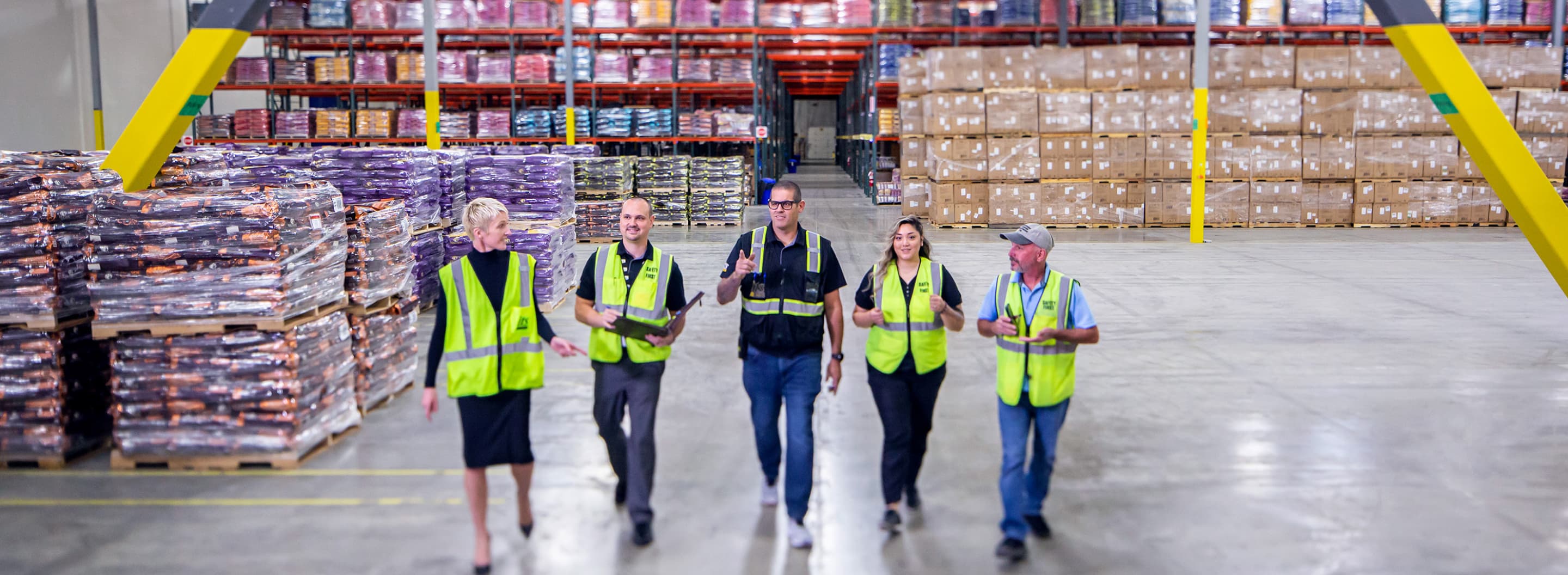IN THE NEWS: Dock workers at key Canadian ports reject labor deal, creating further trade uncertainty

CNBC
July 29, 2023
Lori Ann LaRocco
FROM THE ARTICLE: The timing of this strike adds unnecessary hurdles to peak season when holiday items are arriving for retailers. At the height of the strike, $12 billion in freight was stranded on the water. Some of that trade was diverted on vessels that called on ports on the U.S. West Coast.
“Our clients are facing about a two-month delay in the delivery of their product,” said Paul Brashier, vice president of drayage at ITS Logistics. “The vessel was delayed by several weeks and now the rail-bound containers sit at the Ports of Vancouver and Prince Rupert.”
Steve Lamar, CEO of the American Apparel and Footwear Association, said his group estimated that the first strike would cause an average of 6 to 8 weeks of supply chain disruption before conditions return to normal. AAFA had called on the Canadian government to step in during the first strike.
For the third week in a row, rail traffic from Canada into the U.S. is down following the on-again, off-again western Canadian ports strike. The first two weeks of the labor strike prevented over 80% of rail trade from entering the United States. The U.S. saw another 12% decrease in trade this week.
Read the full article here.



